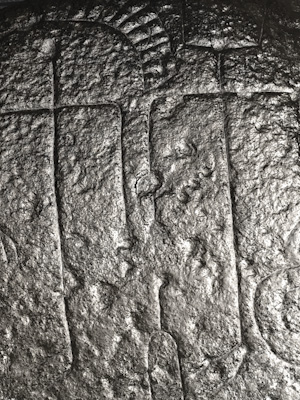#CAAPerth – ACRG involvement
Members of the ACRG are out in force at this year’s Computer Applications and Quantitative Methods in Archaeology (CAA) conference at the University of Western Australia, Perth. Today there were workshops on complex systems simulation and reflectance transformation imaging organised by Tom Brughmans and Iza Romanowska, and by James Miles and Hembo Pagi.
Continue reading →







